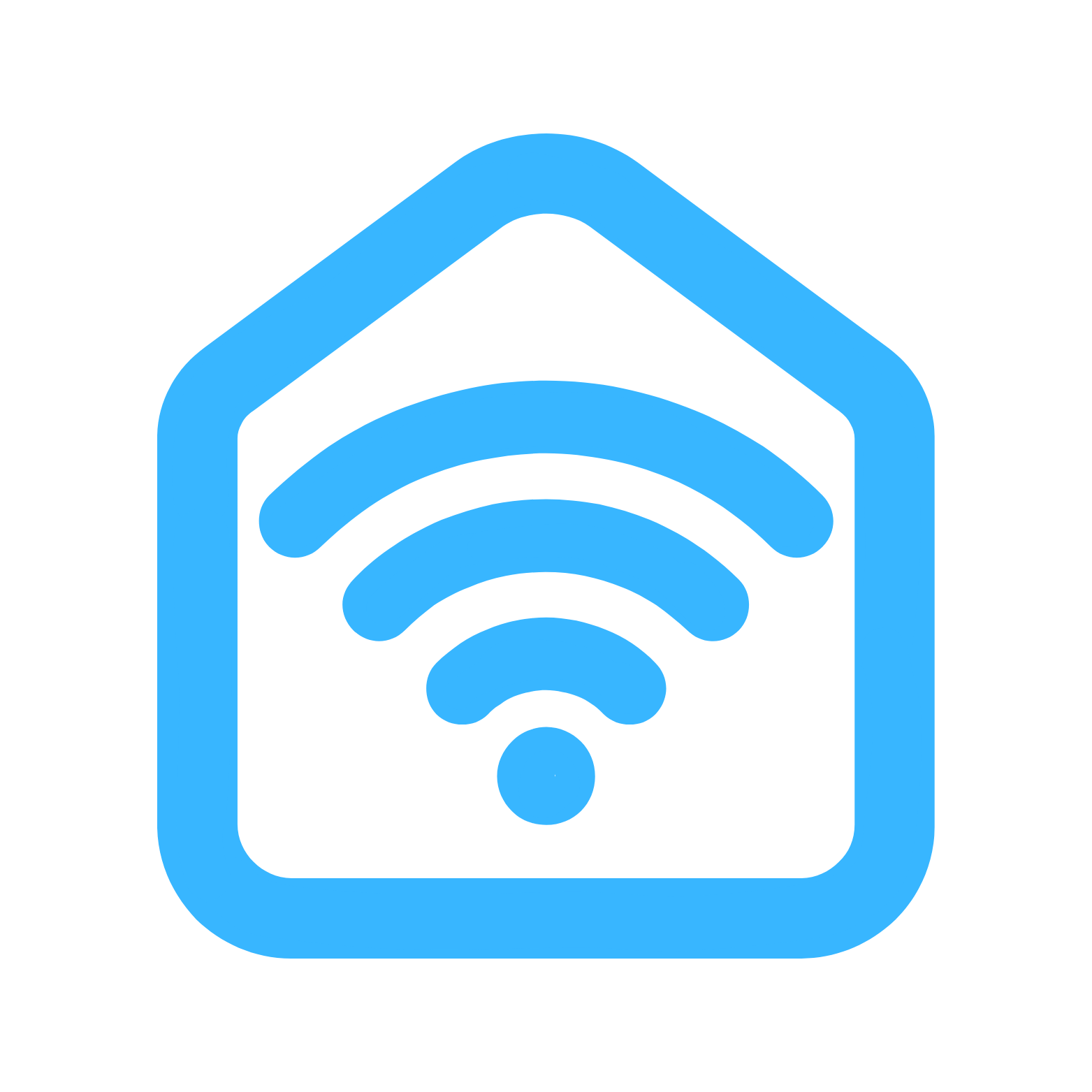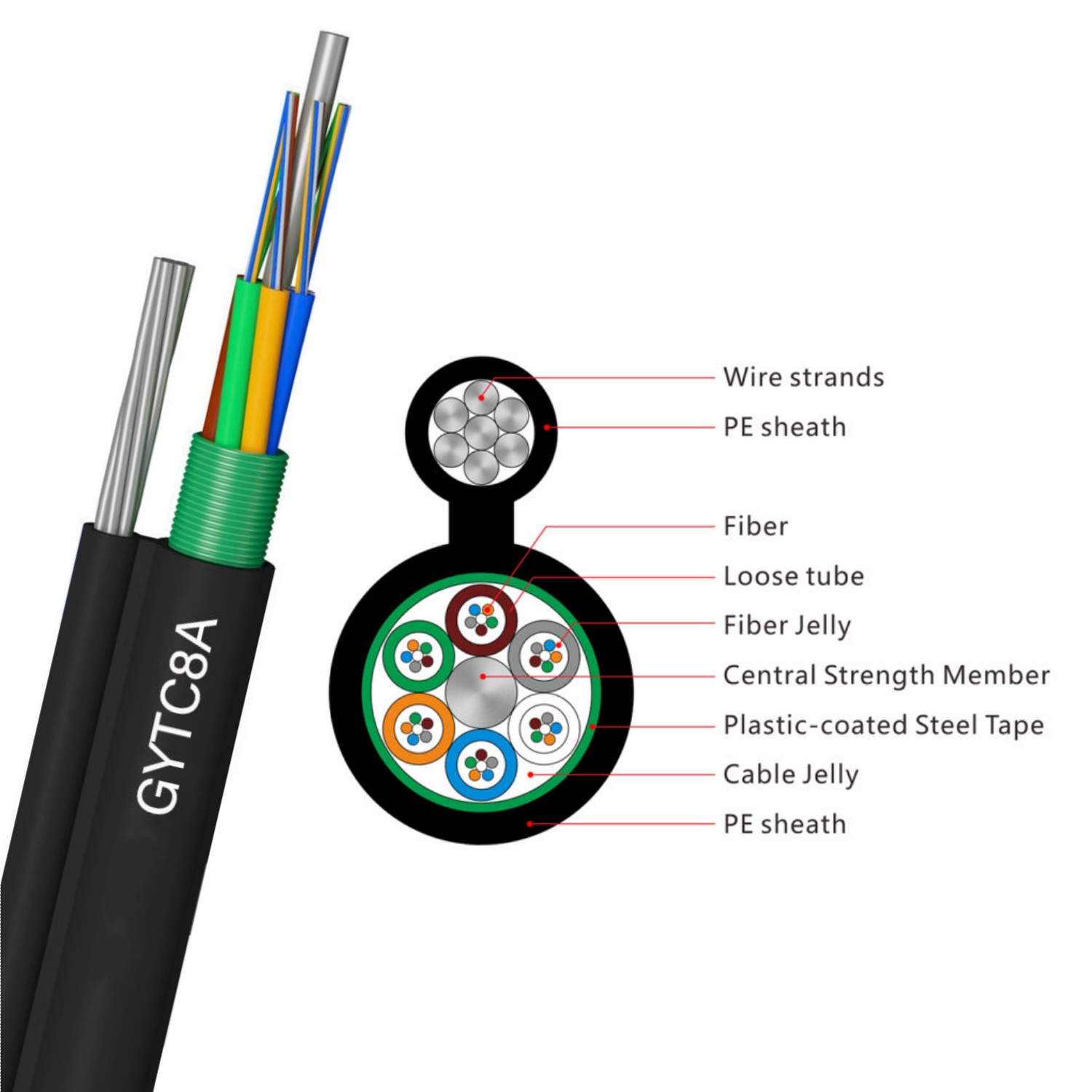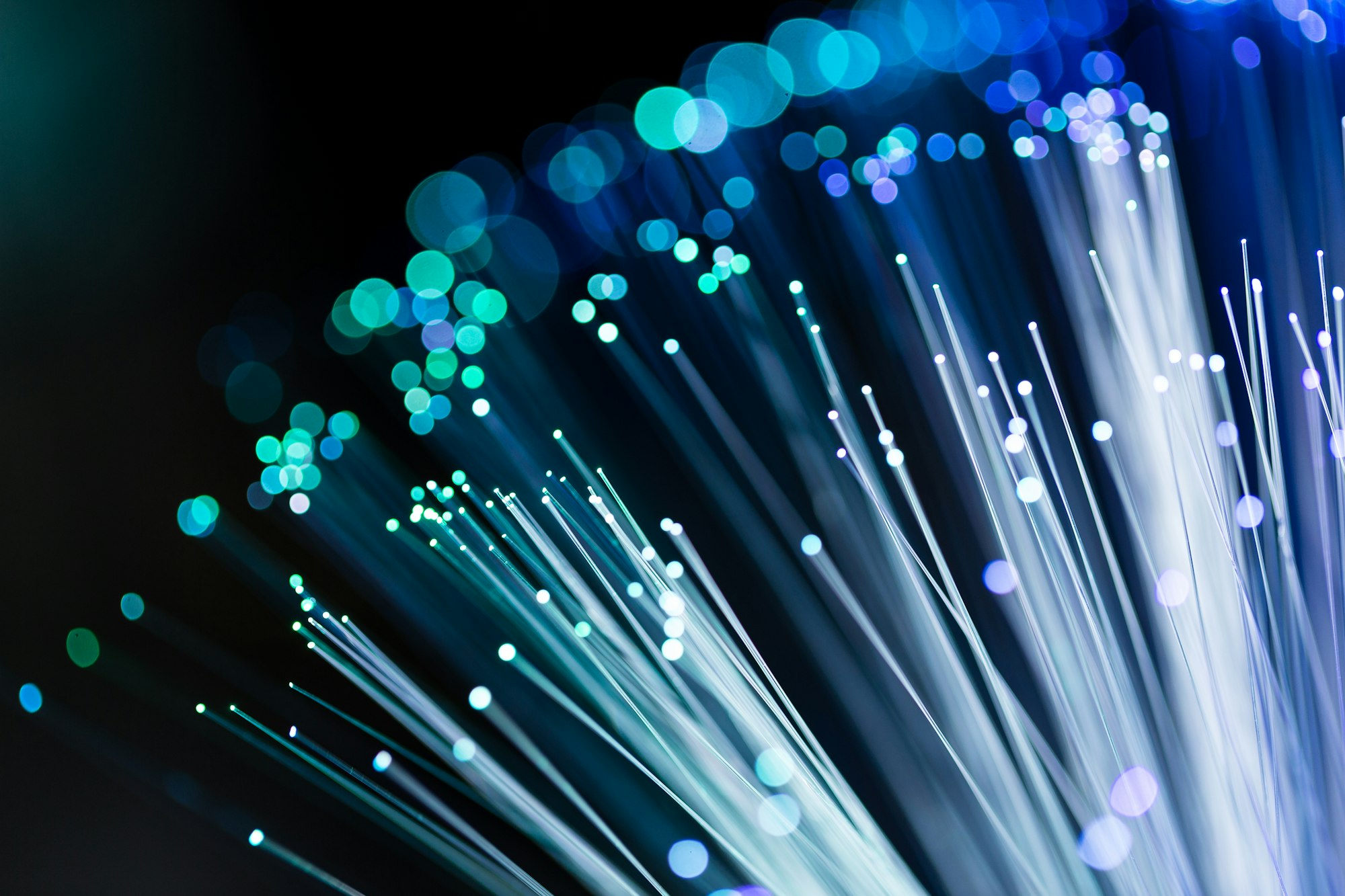Introduction
In our interconnected world, fiber optic cables are the hidden highways that facilitate high-speed data transmission, proving to be the backbone of internet and communications systems. They’re prized for their ability to transmit data over long distances at unparalleled speeds. However, the cost of fiber optic cables can vary greatly based on several factors, and it’s crucial for buyers to understand what drives these price points.
Understanding Fiber Optic Cables
Fiber optic cables use light to transmit data, offering a significant leap over copper cables that use electrical signals. This leap isn’t just in speed; it’s also in bandwidth and the distance the signal can travel without loss. A key distinction lies between the two main types: single-mode and multi-mode fibers. Single-mode fibers are used for long-distance transmission, while multi-mode fibers are often selected for shorter, more cost-effective runs.
Factors Influencing Fiber Optic Cable Costs
The price tag of fiber optic cables is shaped by several critical components:
- Material Quality: Fiber optic cables can be made from glass or plastic, with glass being the pricier, yet more efficient option.
- Cable Construction: The core size, the layer of cladding, and the protective coating can all influence costs.
- Type of Fiber: Single-mode fibers typically cost more than multi-mode fibers due to their specialized long-distance capabilities.
- Length and Customization: The longer the cable or the more customized the specification, the higher the cost.
- Brand and Quality Assurance: Established brands with a track record of quality can command higher prices.
Average Pricing Range
Fiber optic cables can come in a wide price range, generally from a few cents per foot to several dollars per foot. This range reflects the versatile applications and various specifications available. Single-mode fibers, while more expensive, provide the best performance for long-haul transmissions.
Additional Costs to Consider
It’s not just the cable you’re paying for. There are connectors, termination kits, and potential installation services that can add to the overall costs. Additionally, network testing equipment may be required to ensure the system’s efficiency.
Buying Smart: Tips for Cost-Effective Purchasing
To make a savvy purchase, consider the following:
- Research: Don’t just go for the first option; compare prices and offerings from different vendors.
- Total Cost of Ownership: Factor in maintenance and potential future upgrades.
- Scalability: It’s sometimes worth investing more upfront to avoid costly expansions later on.
Installation and Setup Costs
While some tech-savvy individuals may opt for DIY installation, a professional setup often ensures reliability and performance. This comes at an additional cost which, together with any necessary permits, should be accounted for in the budgeting stage.
How to Reduce Fiber Optic Cable Expenses
Buying in bulk and negotiating with suppliers can lead to significant savings. Also, choosing the appropriate cable type for your application ensures you’re not overpaying for over-specification. There may be subsidies available in your industry or region intended to support technological investments.
Impact of Market Trends on Pricing
It’s important to note that pricing trends can fluctuate with market demands, supply chain challenges, and advancements in technology. Keeping a pulse on these trends may open opportunities for cost savings.
Conclusion
Understanding the costs associated with fiber optic cables is imperative for making an educated decision. While the initial investment might seem steep, the long-term benefits of fast, reliable communication systems must be considered. Quality, after all, often pays for itself.
Now that you’re more familiar with the costs surrounding fiber optic cables, take the time to assess your network’s needs carefully. If you’re ready for a tailored cost estimation or need more guidance, don’t hesitate to reach out to our company’s specialists.



